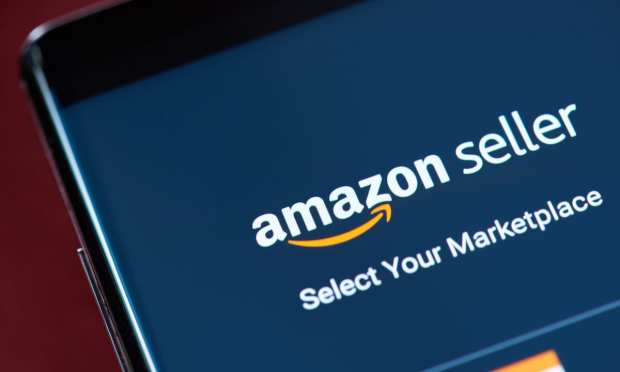Amazon’s Efforts To Help Buyers Build A Better Bridge To Sellers

It looks like Amazon sellers are getting a chance to build a more direct relationship with customers, thanks to new changes being rolled out on the marketplace. First reported by CNBC last week, Amazon is piloting a new service that will allow marketplace sellers that are part of the Brand Registry program to reach out to their Amazon customer directly via email via a new tool called “Manage Your Customer Engagement” that will allow sellers to directly target buyers with promotions, products, discounts etc. In a video describing the tool, Amazon urges companies to “build your brand with Amazon.”
The move represents something of a departure for Amazon, which is known for being rather tight with marketplace data with a long-standing rule that prohibits businesses that sell in the marketplace from soliciting customers directly. Sellers traditionally have not had access to customer email addresses, for example, as a mechanism to protect shoppers from spam. Merchants that wanted to reach out to their customer in the marketplace could do so, but they were forced to use Amazon’s messaging tool and could not use it for marketing purposes — only for things like order status checks.
The new change will not expose email addresses and other data to merchants, but will instead give them tools to directly share marketing messaging with the customers who follow them, as well as tools to view metrics to see how their campaigns were received.
And the messages, we’ve seen, are already going out.

That was an email a PYMNTS senior staffer got over the weekend after their first-ever purchase of Happy Belly nuts — not out of some previous built-up sense of brand affinity, but because they “just bought the pine nuts that looked good.”
A 10 percent discount, on the other hand, creates the start of affinity and affiliation between a PYMNTS staffer that might just keep them buying nuts.
It’s an interesting path to building direct-to-consumer (D2C) with an assist from Amazon — and potentially a way to court more major brands to the marketplace.
“Amazon is committed to serving our shoppers by helping them engage with their favorite brands. With Manage Your Customer Engagement, brands will be able to initiate email campaigns about new product announcements and offers that Amazon will send to shoppers who choose to follow the brand,” Amazon spokesperson told CNBC in an email.
 More than three-quarters of U.S. brands are currently selling on Amazon’s marketplace, up from 55 percent a short two years ago in 2019, according recent data — though currently the new tool for more extensive consumer reach is only available to the roughly 350,000 members the Brand Registry program initially rolled out to stop counterfeiting. It follows long requests from Amazon merchants to launch more services to help them build more durable relationships with shoppers on the site.
More than three-quarters of U.S. brands are currently selling on Amazon’s marketplace, up from 55 percent a short two years ago in 2019, according recent data — though currently the new tool for more extensive consumer reach is only available to the roughly 350,000 members the Brand Registry program initially rolled out to stop counterfeiting. It follows long requests from Amazon merchants to launch more services to help them build more durable relationships with shoppers on the site.
“Amazon considers the customers ‘Amazon’s customers’ and not ours,” said Ash Crawford, co-founder of coffee and tea maker Quivr, which has been selling on Amazon since the beginning of last year. “This tool appears to be a loosening of those restrictions and a controlled way to reach out and to engage with customers of our products.”
Moreover, Amazon is expanding its reach into the payments process increasingly outside the defined walls of the ecosystem it controls — Amazon.com — and across more and more of the web. According to the latest PYMNTS Buy Button Report, PayPal still leads the field with an adoption rate of 73 percent of merchants in 2020, but Amazon Pay has grown its acceptance share among major retailers from 14 percent in 2018 to 18 percent last year.
And beyond the expanding reach of their checkout range, Amazon has also increasingly bulked up its offering for merchants looking to build more unique digital storefront with Amazon Stores, created commerce centric visual feeds Amazon Posts, with an Instagram-style, shoppable feed of lifestyle product images.
Amazon, in short, is helping the brands build themselves and their digital commerce experiences — from digital storefront to payments on the back end.
